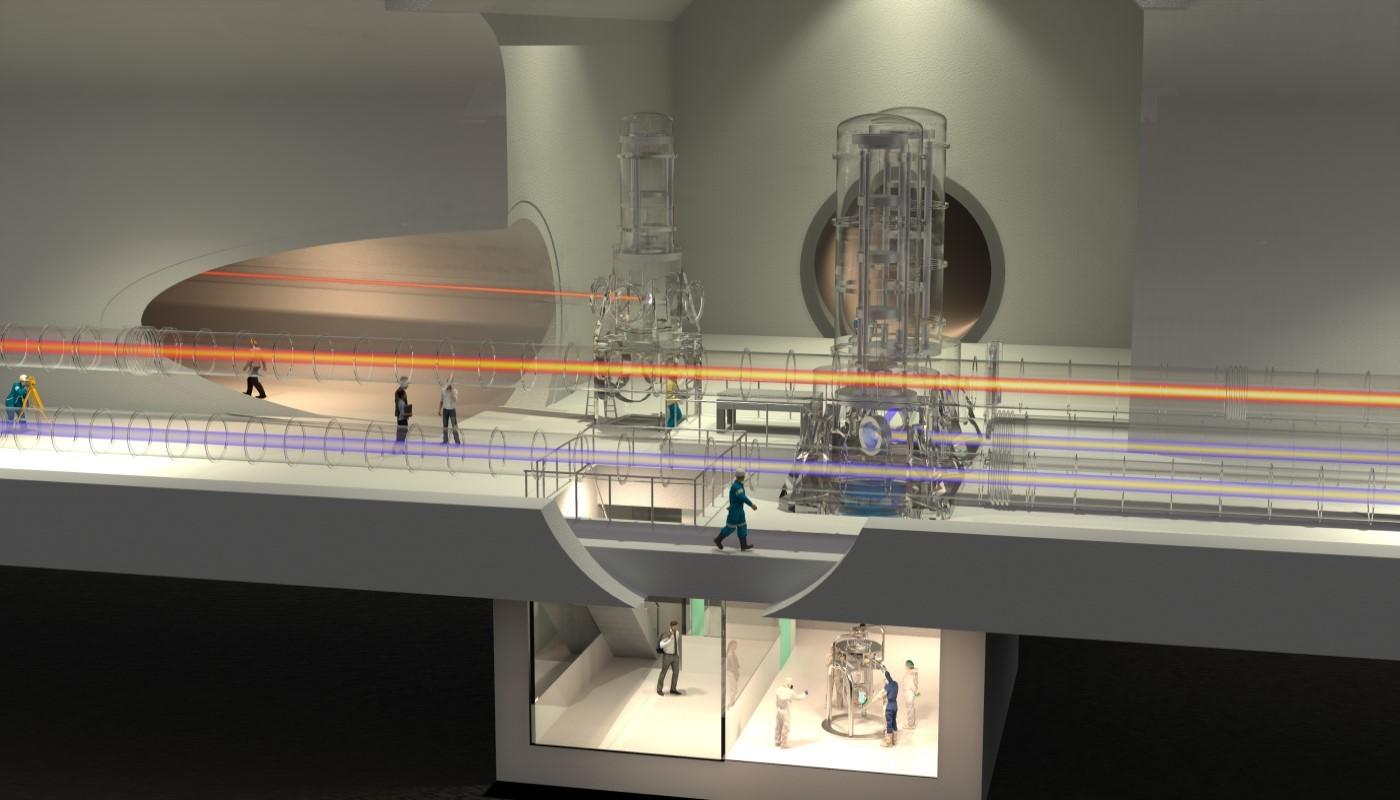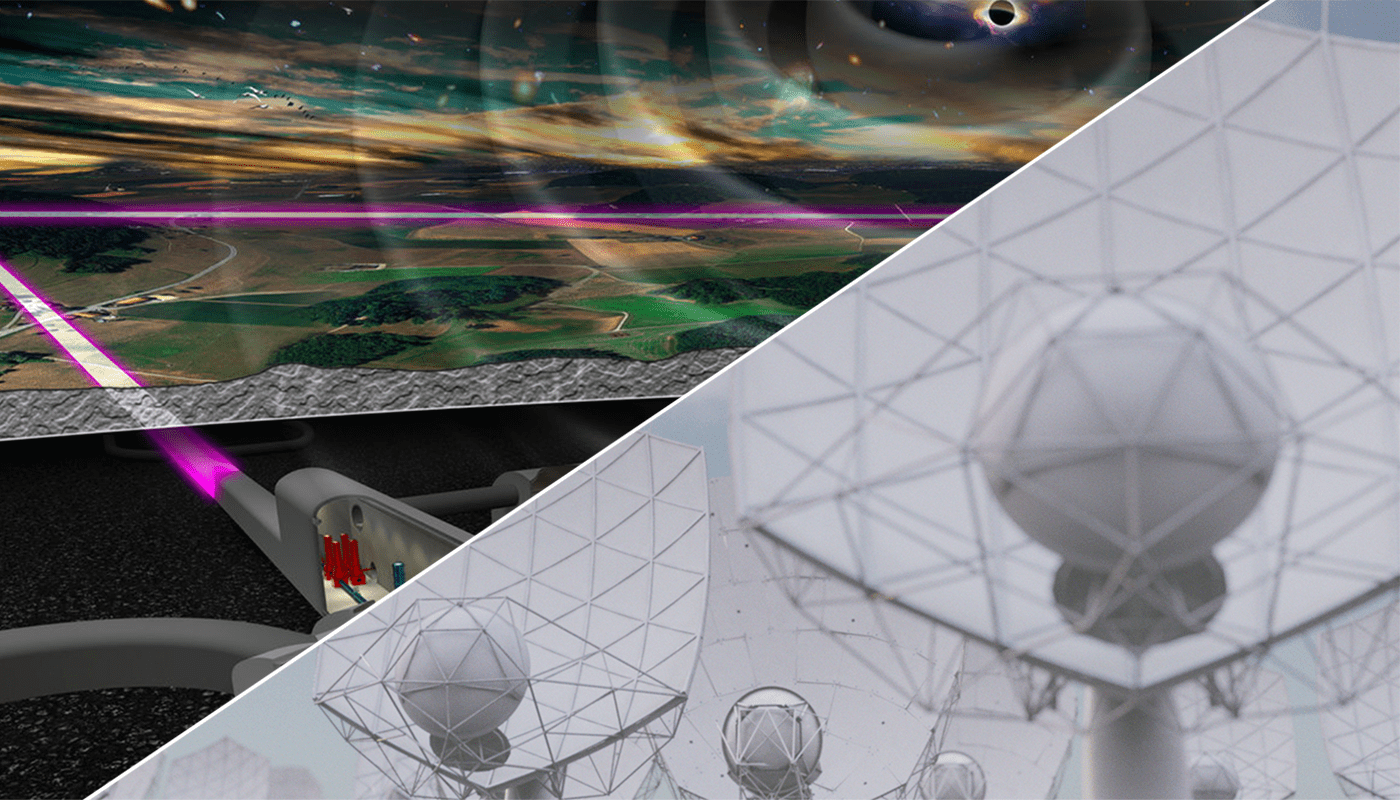Research in the Treasure of Lusatia
Beneath the surface of Lusatia lies a true scientific treasure: seismic quiet. Where seismic waves would normally pass through the Earth’s surface, Lusatia’s unique geology offers ideal conditions for developing measurement and production technologies, as well as novel gravitational wave detectors.
We are exploring this treasure through surface-level measurements and collecting data from deep within the ground. Initial test drills have already been carried out in the Sorbian community of Ralbitz-Rosenthal in the Cunnewitz district, with further drilling planned across Lusatia.








